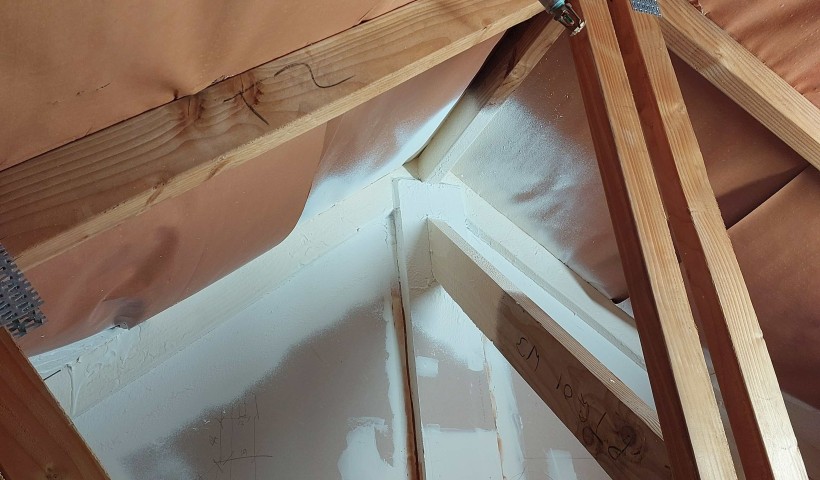 NEW
NEW
Recently, there have been instances where existing timber structures have had to be removed because of uncertainty around fire performance. Many other projects have significant costs attributed to keeping existing timber structures and meeting council and code standards. Tech Coatings provides a multitude of AS/NZS tested solutions for timber that allow cost-effective treatment of existing timber, whether exposed, concealed or in penetrations.
When looking at the fire resistance rating required by different timber elements within an existing structure, it is important to understand what each element is required to do.
Structural support
Historically, buildings in New Zealand used native hardwood timber extensively as structural members, such as beams and columns. These members are designed to work the same as structural steel does today, and as such the FRR is determined by the structural engineer. This often means that the FRR of the existing timber members is inadequate.
FBL-100 offers structural members valuable minutes of extra protection when exposed to the heat of fire over 200°C. At 200°C, timber starts to go through a process of thermal breakdown into combustible gases, causing charring. It’s at this time, that FBL-100 forms a carbonous char that insulates and protects the timber not only from transfer of heat, but also from direct attack of flames.
Horizontal fire barrier
Native hardwood has also been used extensively as part of mid-floor systems, such as joists and flooring, which are a horizontal fire barrier. As such, the FRR is determined by the requirements of NZBC Clause C.
The application of FBL-100 to the underside of the floor/ceiling helps by adding to the self-protecting nature of timber, insulating the exposed timber, slowing charring, and increasing the likelihood of the timber structure surviving fire.
FBL-100’s ability to help protect timber means that it is now possible to keep these natural timber elements in existing building stock.
FBL-100 is the only coating that has been tested in Australasia on locally sourced materials as per the current New Zealand building code, using AS 1530.4:2014 and AS/ISO 5660.













 Case Studies
Case Studies








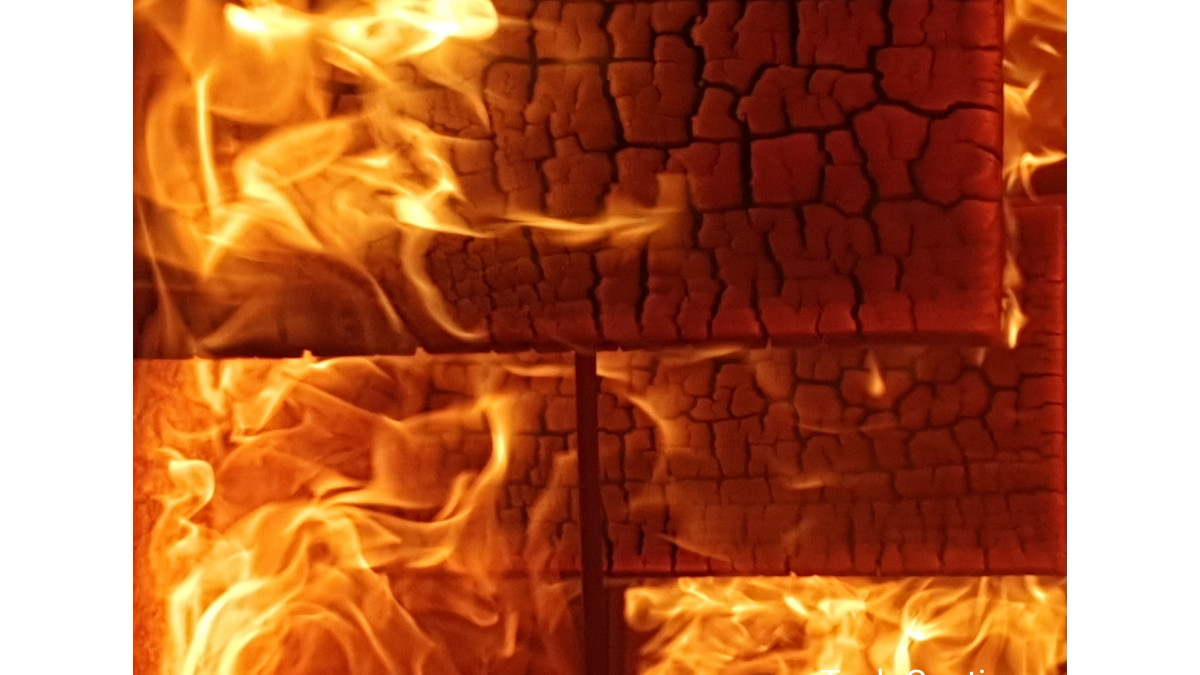


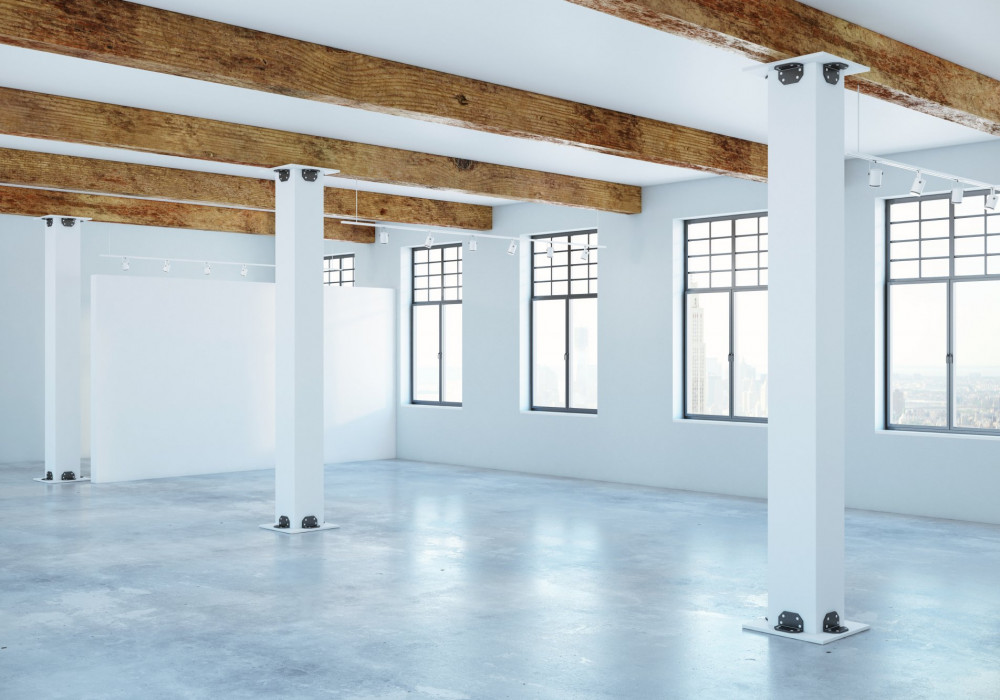

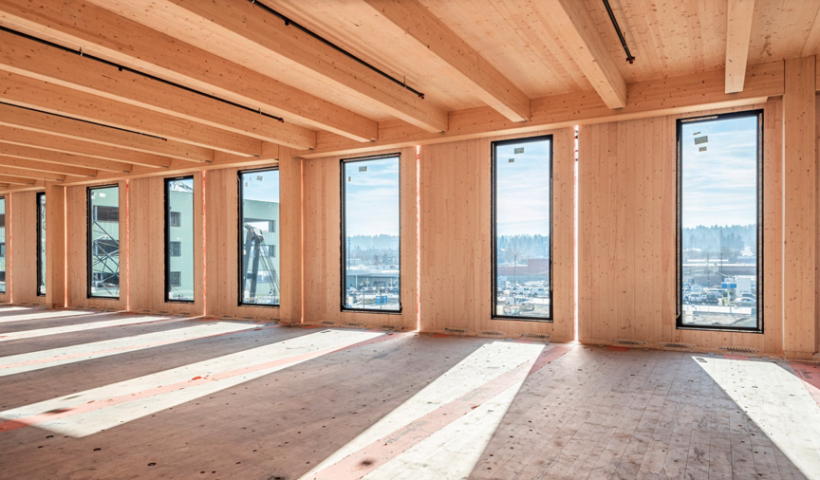
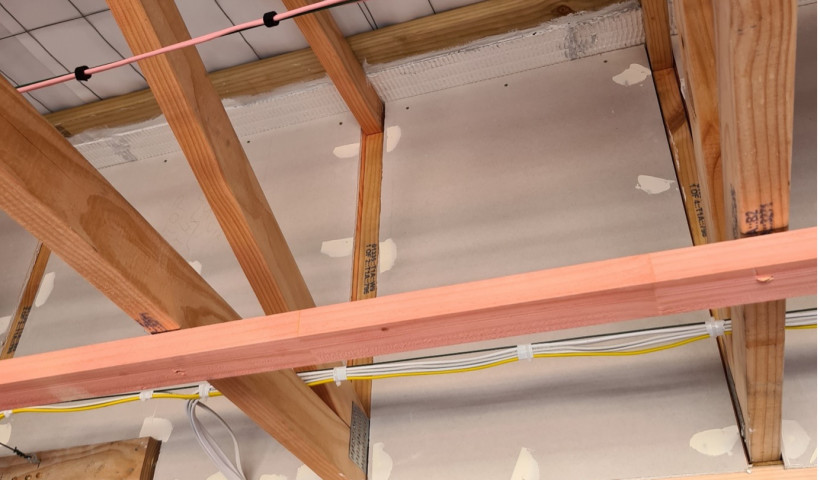
 Popular Products from Tech Coatings
Popular Products from Tech Coatings


 Posts by Shane Wyatt
Posts by Shane Wyatt 
 Most Popular
Most Popular


